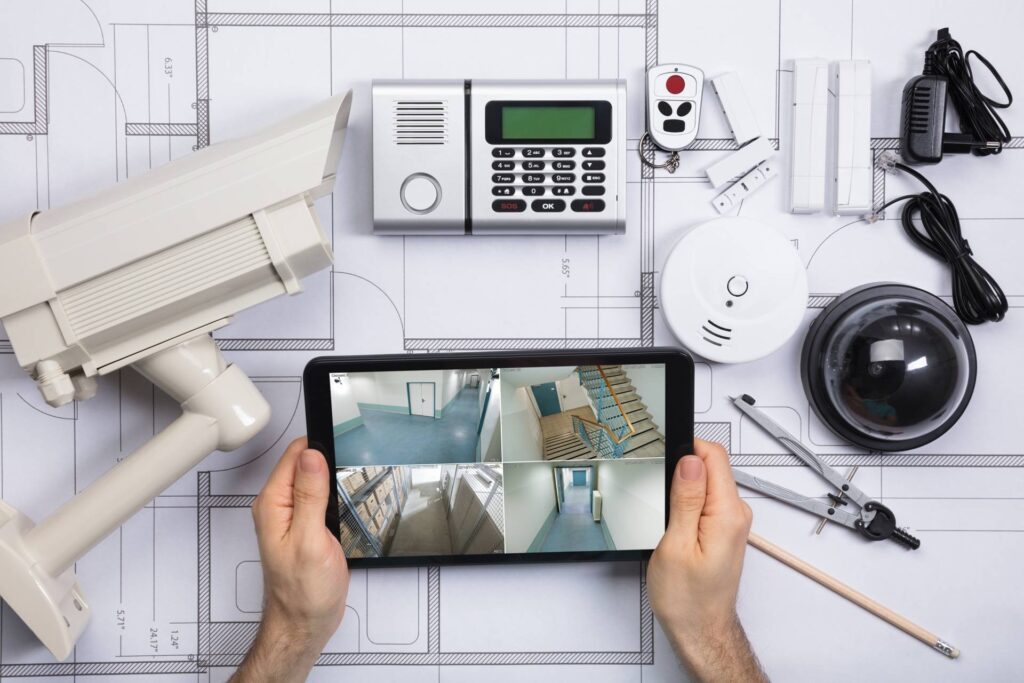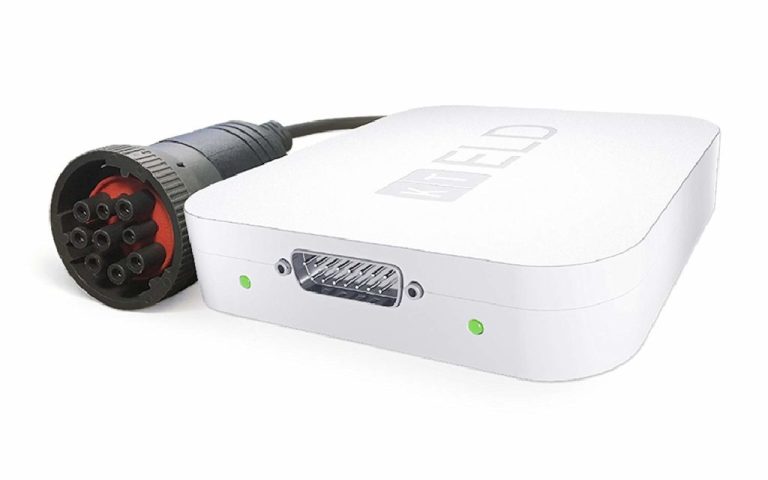As threats to personal and business safety continue to evolve, security equipments plays a critical role in protecting assets, people, and data. Whether it’s a home, office, warehouse, or school, having the right security system can deter intrusions, alert authorities, and ensure peace of mind.
In this article, you’ll discover:
- The main types of security equipments
- Benefits of modern security technology
- How to choose the right system for your needs
- Must-have features in 2025
What Are Security Equipments?
Security equipments refers to electronic or mechanical devices used to safeguard physical spaces and digital systems. These tools are designed to prevent unauthorized access, detect suspicious activities, and respond to emergencies.
They range from simple locks and alarm systems to sophisticated AI-powered surveillance networks.
Types of Security Equipments
CCTV Surveillance Cameras
Purpose: Monitor and record activity for real-time or future review
Popular types:
- Dome cameras
- Bullet cameras
- PTZ (pan-tilt-zoom) cameras
- IP (internet protocol) cameras
CCTV systems deter crime and help in investigations.
Access Control Systems
Purpose: Control who enters or exits a building or room
Examples:
- Keycard systems
- Biometric scanners (fingerprint, face recognition)
- Keypad entry systems
- Mobile access via smartphone apps
Great for offices, schools, hospitals, and gated communities.
Intrusion Alarm Systems
Purpose: Detect and alert unauthorized entry
Features:
- Door/window sensors
- Motion detectors
- Glass break sensors
- Silent alarms for discreet alerts
Often integrated with 24/7 monitoring services or local law enforcement.
Fire and Environmental Safety Devices
Purpose: Protect against environmental hazards
Examples:
- Smoke detectors
- Carbon monoxide detectors
- Water leak sensors
- Heat sensors
Essential for residential and commercial building compliance.
Video Doorbells and Smart Intercoms
Purpose: Secure your entrances and screen visitors
Features:
- Two-way audio
- Motion alerts
- Night vision
- Remote viewing via mobile
Ideal for homes, apartment complexes, and small businesses.
Security Lighting and Motion Detectors
Purpose: Illuminate and alert in low-light conditions
Common types:
- Solar-powered motion lights
- Infrared motion detectors
- LED floodlights with cameras
Effective for deterring intruders around garages, alleys, and backyards.
Perimeter Protection and Barriers
Purpose: Prevent physical intrusion or break-ins
Includes:
- Fencing and gates
- Bollards and road blockers
- Trip alarms and sensor beams
Used in military zones, airports, and industrial facilities.
Security Control Panels and Monitoring Software
Purpose: Centralize management of all connected security equipments
Capabilities:
- Real-time alerts
- Integration with mobile apps and cloud storage
- Remote arming/disarming
- Event logs and user access history
The “brain” of modern smart security systems.
Benefits of Using Modern Security Equipments
| Benefit | Explanation |
| Crime deterrence | Visible security reduces risk of theft and vandalism |
| Real-time monitoring | Access footage and alerts remotely via smartphone |
| Insurance discounts | Lower premiums for protected properties |
| Faster emergency response | Integrated alarms alert law enforcement or fire departments |
| Peace of mind | Know your home or office is safe at all times |
Smart Security Equipments in 2025
Modern systems are increasingly AI-driven, cloud-based, and mobile-friendly. Here’s what to look for:
- AI Motion Detection: Filters false alarms caused by pets or weather
- Cloud Storage Integration: Secure video backups for remote access
- Voice Assistant Compatibility: Works with Alexa, Google Assistant
- Mobile App Access: Control systems on the go
- Battery Backup: Keeps your system running during outages
Choosing the Right Security Equipments for Your Needs
For Homes:
- Smart doorbells and locks
- Indoor/outdoor wireless cameras
- DIY alarm systems
- Smoke and CO2 detectors
- App-connected control panel
For Small Businesses:
- CCTV with cloud storage
- Access control for staff
- Motion alarms and security lights
- POS camera integration
- Employee monitoring systems
For Large Enterprises:
- Integrated surveillance network
- Biometric entry systems
- AI analytics and behavior recognition
- Perimeter fencing and sensors
- 24/7 monitored alarms with redundancy
Top Security Equipment Brands to Consider
| Brand | Best For | Popular Products |
| ADT | Professional monitoring | Home alarms, cameras |
| Ring | Smart home security | Video doorbells, cameras |
| Arlo | Wireless, high-res cameras | Indoor/outdoor surveillance |
| Hikvision | Commercial CCTV systems | PTZ and IP cameras |
| SimpliSafe | DIY home systems | Alarms, entry sensors |
| Honeywell | Industrial and enterprise security | Access control and fire systems |
Conclusion
Whether you’re protecting your home, business, or facility, investing in reliable security equipments is one of the smartest moves you can make in 2025.
With the right combination of cameras, access control, alarms, and monitoring tools, you can:
- Deter criminals
- Protect people and property
- Ensure quick emergency response
- Gain full visibility and control—anytime, anywhere
Make sure to evaluate your specific needs and choose systems that are scalable, smart, and easy to manage.
FAQs
1. What are the most essential security equipments for a small home?
Start with a video doorbell, indoor camera, smart lock, and motion-activated lights.
2. Do I need professional installation?
Not always. Many modern systems are DIY-friendly, especially for home use.
3. Can I control security equipments from my phone?
Yes—most systems offer apps for remote access, real-time alerts, and live monitoring.
4. How much does a complete security system cost?
Home systems can start around $200–$500. Business systems may range from $1,000 to $10,000+ depending on size and complexity.
5. Are smart security systems safe from hacking?
Choose brands with strong encryption, two-factor authentication, and regular firmware updates.
Also read: Portugal Highlights: 9 Cultural Experiences Worth Traveling For




Leave a Comment